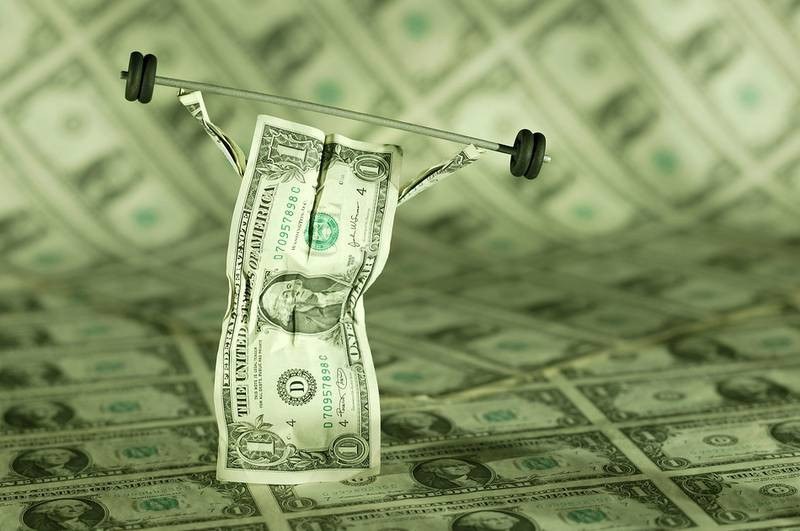
It is becoming increasingly difficult for the US dollar to stay afloat as it is pressured by uncertainty regarding Federal Reserve rates and rising inflation. Mixed macroeconomic data from the United States and the standoff with the European currency add fuel to the fire. The latter has performed a short-term rise and continues to move higher.
According to analysts' observations, the upward momentum in EUR/USD gained traction, showing a strengthening euro. Against this backdrop, the pair surpassed the key level of 1.0800 but failed to hold on to the gained positions. On Wednesday morning, June 14, the EUR/USD pair was trading near 1.0781, attempting to make up for previous losses.

The confident rise of the euro and the fall of the greenback were recorded after the release of inflation data in the United States, represented by the Consumer Price Index (CPI). According to current reports, a further deflationary process led to the core CPI index being lower than projected. As a result, inflation in the United States decreased to 4% on an annual basis (down from the previous 4.9%) in May.
According to the US Bureau of Labor Statistics, this reading was lower than the market's expectations of 4.1%. Meanwhile, the core CPI inflation, excluding food and energy costs, fell to 5.3%, down from the previous 5.5%. On a monthly basis, the consumer price index and the core index increased by 0.1% and 0.4% respectively.
According to analysts' estimates, inflation in the United States has currently stabilized due to electricity prices and food prices. Against this backdrop, the probability of the Federal Reserve refraining from further tightening its monetary policy has increased. However, some experts claim that the current situation will not prevent the regulator from continuing to raise interest rates. A somewhat contradictory inflation report can serve as a catalyst for a change in the Federal Reserve's monetary course.
In this context, the US currency is struggling to maintain its position and demonstrates a decline. The future direction of stock indices and the greenback will be determined by the upcoming Federal Reserve meeting, which will take place later on Wednesday, June 14. The Fed will announce its decision on interest rate. Following the CPI report, expectations of rate hikes in June and July have decreased.
Currency strategists at TD Securities believe that since inflation indicators "do not show significant progress," this is a compelling argument for another 25 basis points increase in the Federal Reserve rate to 5.25%-5.50%. "Presumably, the FOMC has entered a risk management phase, with Fed officials becoming cautious after a rapid accumulation of rate hikes in the past year and increased uncertainty following the crash in the banking sector. If inflation data indicates that the US economy is strong enough for another rate hike in July, the more optimal option is to raise it now," summarized TD Securities.
EUR/USD passed the level of 1.0800, confirming further selling in the US dollar. Some analysts believe that the fluctuations of the pair follow the trajectory of the greenback's movement. However, the pair dynamics depend largely on the differences in the monetary approaches of the Federal Reserve and the European Central Bank (ECB), as well as their plans for adjusting interest rates.
Many market participants widely expect the Federal Reserve to leave the interest rate unchanged, while the ECB is expected to lift the rate, which will support the EUR/USD pair. According to analysts, the hawkish statements from the ECB indicate further rate increases although this may slightly weigh on the region's economy.
According to preliminary forecasts, the greenback is expected to continue weakening against major currencies, primarily the euro, in the near future. In this scenario, EUR/USD could reach the 1.1000 mark, but this rebound will be short-lived. In the current situation, the Federal Reserve may raise the key rate, which will push the dollar higher due to the withdrawal of liquidity in government debt initiated by the US Treasury. Experts note some signals from the Federal Reserve that warn of a possible further rate hike in July. According to analysts, cooling inflation and economic data are sufficient to convince the regulator to take steps towards easing monetary policy.





















